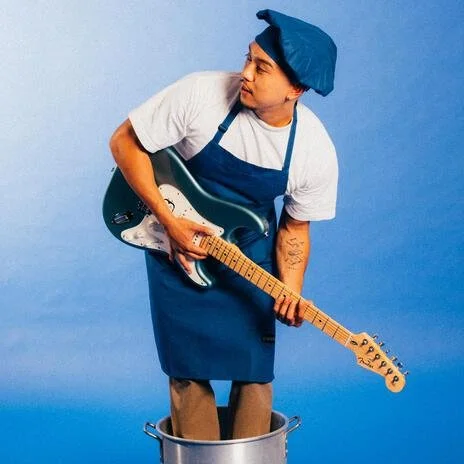
RONNIE KENDRICK
Ronnie Kendrick’s sound lives at the intersection of vulnerability and groove—introspective yet rhythmically alive. His music blends fluid melodies with off-center phrasing, textured harmonies, and emotionally charged performances. There’s a lived-in warmth to his voice, paired with a willingness to experiment sonically. Whether he’s navigating heartbreak, healing, or moments of joy, Ronnie delivers it all with the subtle confidence of someone who’s felt every note he's singing.
“Recipe” started with Ronnie bringing in a set of chords he’d been playing on guitar. We tracked that part in FL Studio, then I laid in drums using samples I’d processed from a vintage Linn drum machine— it gave the track a snappy, uptempo pocket. I added a Mellotron string patch from Analog Lab to widen the texture, followed by a Rhodes part and a placeholder bass line to round out the groove. Once the structure was locked, Ronnie knocked out his vocals with ease— his writing always flows once the feel is right. I closed the session with a synth solo using a preset from Analog Lab V. We got everything down in one session, and the next week, Nonso Ikeji came through and tracked the final bass part. I transferred everything into Pro Tools, cleaned up some slightly flat vocal takes (love you, Ronnie), tightened the bass groove, and dialed in the final mix.
“Gud Thing” came together in a single session too. The backbone of the track is four layers of Moog Grandmother— each one played to create movement inside the harmony rather than just block chords. Once the synth loop took shape, I added Rhodes and guitar to give it some earth. We tracked bongos and looped the best take, then built the drums on the MPC. Ronnie and I wrote and recorded the vocals while the loop played, and it all clicked. I laid down the synth solo last, then took it into Pro Tools for final edits, mix, and master. The whole process felt natural—like the track already existed and we were just catching up to it.
